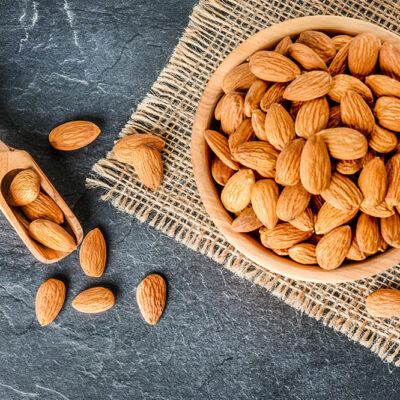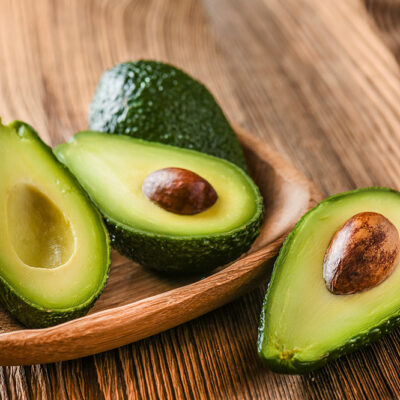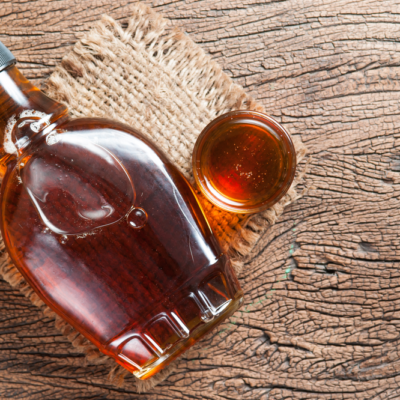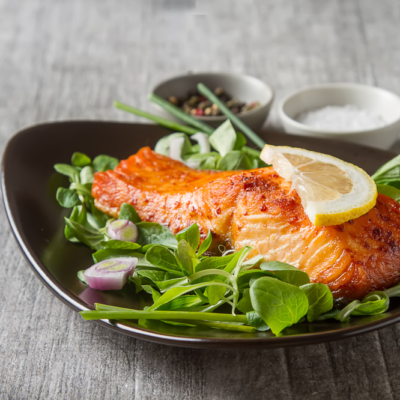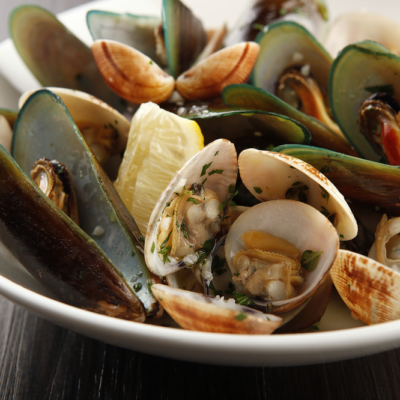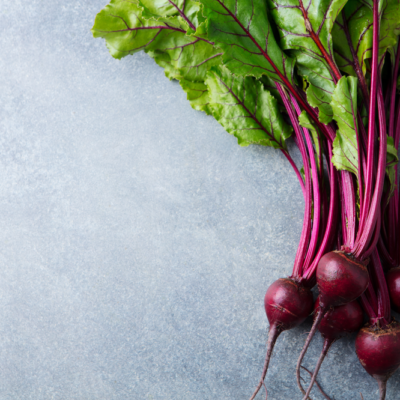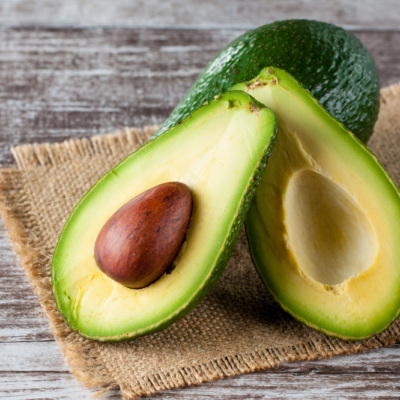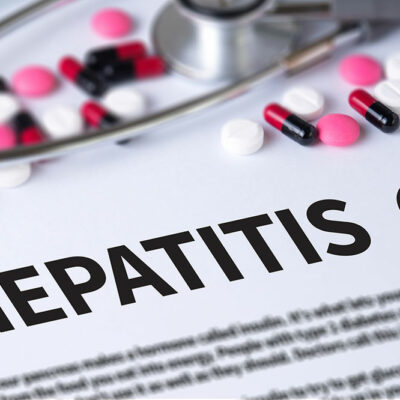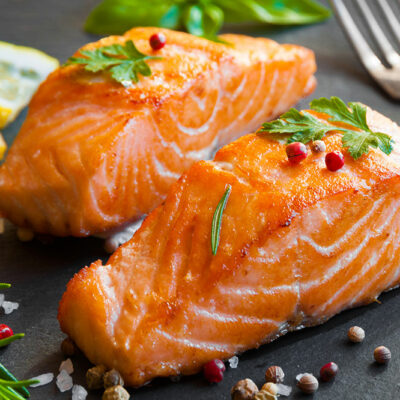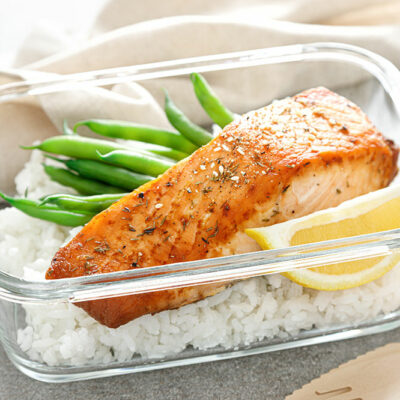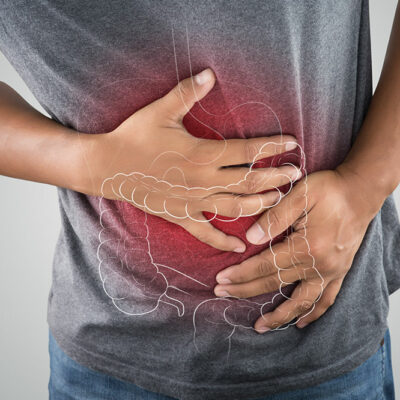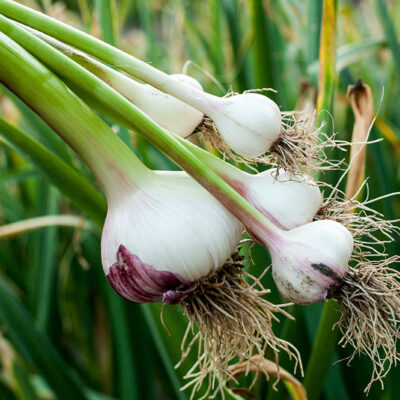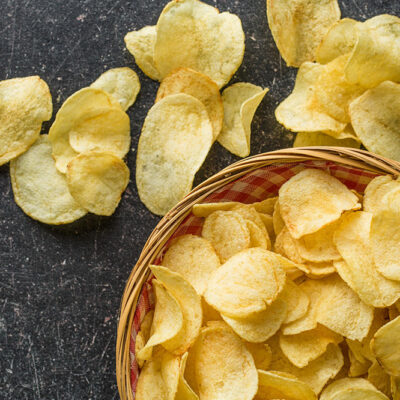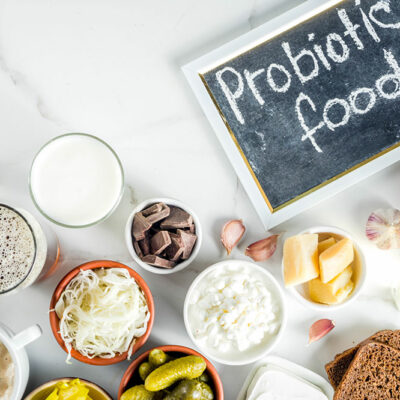
Food
4 Ways Probiotics Help Treat Ulcerative Colitis
Ulcerative colitis, characterized by persistent inflammation that primarily begins in the rectum, manifests through symptoms such as irritation, cramps, bloody diarrhea, swelling, and the formation of ulcers in the inner lining of the large intestine and rectum. While traditional treatment approaches for this condition include pharmaceutical interventions like Entyvio, Zeposia, Stelara, and Xeljanz, as well as surgical options, incorporating probiotics into the daily diet offers a complementary strategy. Probiotics, which are beneficial bacteria, can play a significant role in enhancing gut health and potentially mitigating some symptoms of ulcerative colitis. This introduction delves into the supportive role probiotics can play alongside these medications in managing the condition. 1. Lower the frequency of flare-ups Ulcerative colitis is a condition that relapses and causes flare-ups. To restrict the occurrence of these flare-ups, maintenance treatment is undertaken via medicines and the addition of probiotics. Foods like yogurt, sauerkraut, kimchi, and fermented foods provide good bacteria to the intestine, restoring bacterial balance and reducing flare-ups. Furthermore, probiotics help lower symptoms associated with the disease. 2. Devoid of any serious side effects Probiotics are microorganisms that bear similarity to microbes naturally existing in the human body, keeping the body healthy and active. This makes using probiotics a safe option to rehabilitate the natural balance of the bacteria present along the gut.
Read More 